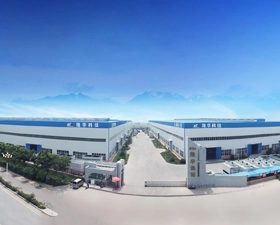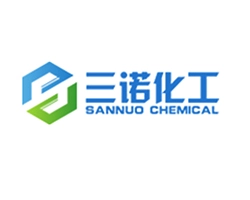
With the continuous development of industry, the demand for electricity has been increasing year by year. As the core of energy supply, the design and operation of the thermal system in power plants become particularly crucial. This article will delve into various aspects of the thermal system in power plants, including the fundamental principles of the thermal system, auxiliary thermal systems, calculation methods, pipeline valves, main steam systems, bypass systems for intermediate reheating units, feedwater systems, comprehensive reheating thermal systems, operation, blowdown water systems, and comprehensive thermal systems.
Principles for Selection of Thermal Systems and Main Equipment
In a power plant, the thermal system is the core component for energy conversion. The principles for selecting main equipment include energy efficiency, reliability, and maintainability. When considering main equipment for the thermal system, priority should be given to equipment that is energy-efficient, durable, and easy to maintain, ensuring long-term stable operation.
Auxiliary Thermal Systems in Power Plants
Auxiliary thermal systems play a crucial supporting role in power plants. This includes auxiliary boilers, hot air stoves, etc., which provide additional thermal energy to the main equipment, increasing the overall efficiency of the system.
Examples of Fundamental Thermal Systems in Power Plants
Fundamental thermal systems can be categorized into steam power systems, gas turbine systems, etc. Steam power systems typically include boilers, steam turbines, evaporative condenser, and other components. Gas turbine systems include gas turbines, generators, etc.
Calculation of Fundamental Thermal Systems in Power Plants
To ensure the efficient operation of thermal systems, thorough calculations are required. This involves calculations of the thermodynamic performance and energy conversion efficiency of the thermal system to provide a scientific basis.
Pipeline Valves in Power Plants
Pipeline valves play a crucial role in fluid control in the thermal system. Proper selection and design of valves ensure the normal operation of the thermal system, enhancing system flexibility and controllability.
Main Steam Systems
The main steam system is a core component in power plants responsible for converting the thermal energy produced by burning fuel into steam to drive steam turbines for electricity generation. The design of the main steam system needs to consider efficient energy conversion and system stability.
Bypass Systems for Intermediate Reheating Units
The bypass system for intermediate reheating units is designed to improve system efficiency. By introducing reheating units into the steam cycle, waste heat can be fully utilized, increasing energy efficiency.
Feedwater Systems
Feedwater systems are responsible for supplying water back to the boiler in the steam cycle to ensure continuous energy conversion. Their design needs to consider factors such as water purity and supply volume.

Comprehensive Reheating Thermal Systems and Operation
Comprehensive reheating thermal systems recycle waste heat for preheating water and other purposes. Proper utilization of reheating systems during operation can reduce energy consumption and improve overall efficiency.
Blowdown Water Systems in Power Plants
Blowdown water systems are responsible for discharging wastewater generated during the power generation process to maintain system stability. Their design needs to consider environmental protection and wastewater treatment.
Comprehensive Thermal Systems in Power Plants
Comprehensive thermal systems consider the collaborative operation of various subsystems within the power plant. Through scientific design and operation, comprehensive thermal systems can maximize energy utilization efficiency, achieving sustainable development. Scientific principles for thermal system design, the selection of appropriate equipment, effective operation of auxiliary systems, and the collaborative operation of comprehensive thermal systems will make power plants more efficient, environmentally friendly, and sustainable. Through continuous technological innovation and system optimization, power plant thermal systems will play an increasingly important role in the future energy field.


 EN
EN
 jp
jp  ko
ko  fr
fr  de
de  es
es  it
it  ru
ru  pt
pt  ar
ar  tr
tr 













